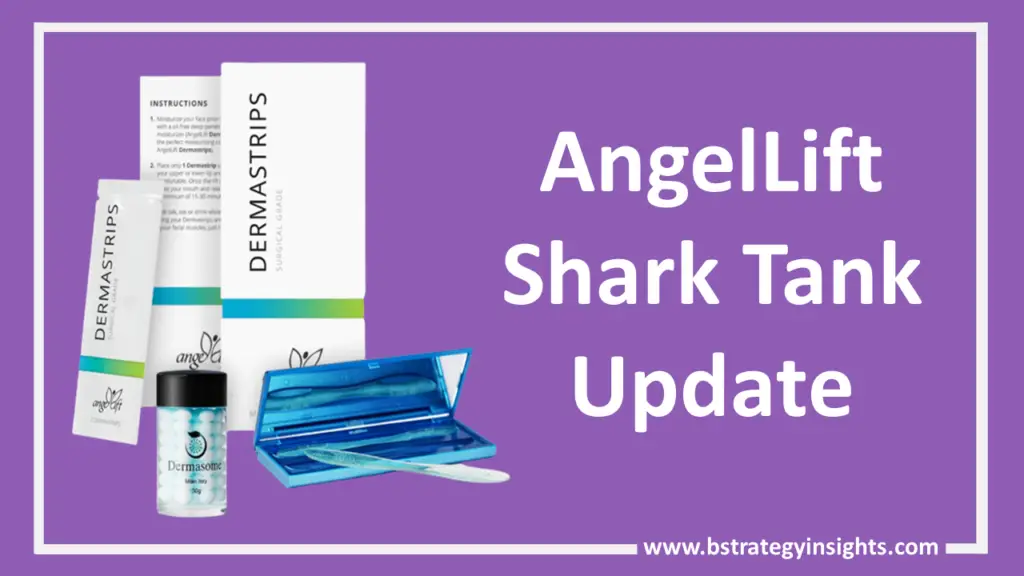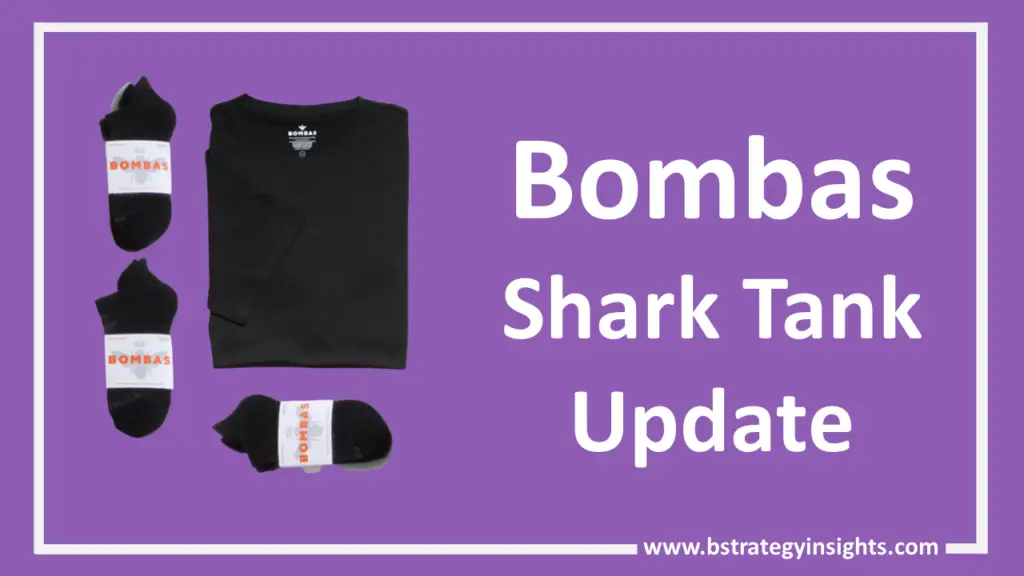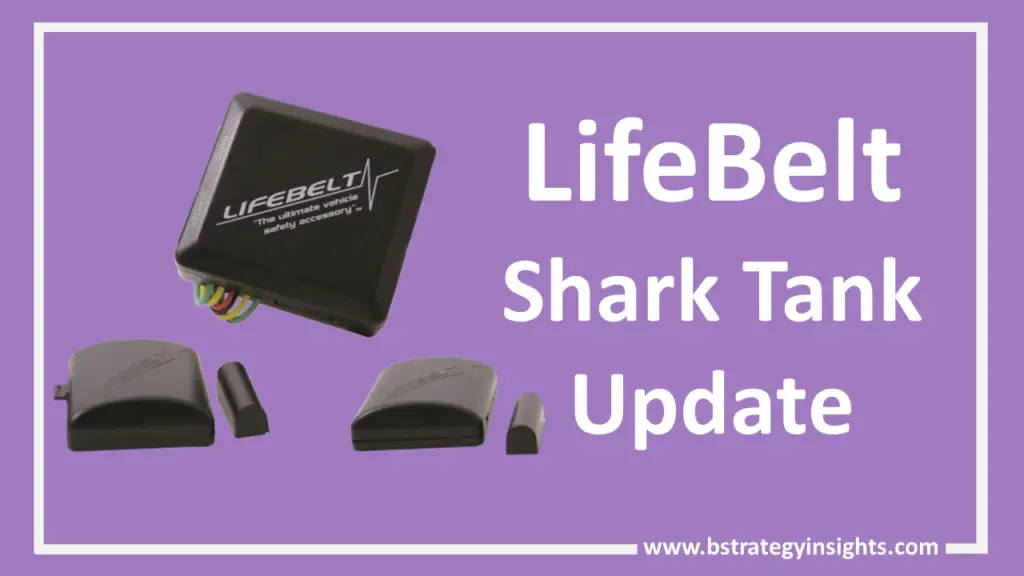
In episode 704 of Shark Tank, Ryan Frayne presents his air mattress product that quickly inflates, called the Windcatcher Air Pad. The Windcatcher employs “quick stream inflation” to extend an air pad in seconds without any battery or mechanical-powered pump.
Blowing into the “valve” of the Windcatcher resembles blowing into a large bag. Each breath is 15 times more robust if you try blowing into the valve and suck in. You can achieve it because of the more significant pressure air around the aperture, so you can fill up a Windcatcher mattress exceptionally quickly.
It takes equally as long to deflate as it does to inflate. One packed blown-up mattress costs $100 and has the dimension of 74 x 20 x 4 inches.
Ryan’s initial round of production was sponsored via a successful Kickstarter campaign. In 2013, he raised $149,405 with an original goal of $50,000.
The whole device folds up neatly for convenient travel, and the air pad may be converted into a chair through attachments. If this technology works, Ryan thinks it could be used in things like inflatable tents and inflatable rescue backboards.
Will a Shark be able to improve Windcatcher’s prospects?
Company Overview in Shark Tank
| Company Name | Windcatcher |
| Episode | Season 7 Episode 6 |
| Product Offering | Creative Air Capture Mattress Pads |
| Founded | 2013 |
| Founder | Ryan Frayne |
| Required Investment | $200,000 in exchange for 8% equity |
| Closing Deal | $200,000 with 5% equity |
| Offered Sharks | Lori Greiner |
| Current Business Status | In Business |
What is Windcatcher?
The Windcatcher is a fast-inflating inflatable mattress.
Windcatcher’s product range includes a blown-up outdoor and traveling gear that inflates quickly owing to a proprietary fast inflation valve.
Because of its technology, the mattress stands apart. It does not need a pump or power to work. By just simply blowing into the convenient built-in valve, it quickly inflates.
How Does Windcatcher Work?
Using the Windcatcher AirPad doesn’t need you to carry an air pump through a sluggish and unclean nozzle.
The mattress’s technology is what sets it apart. There is no need for a pump or power. The user merely inhales into the built-in valve, and the balloon is instantly inflated.
The Windcatcher may preserve your breaths because of a scientific mechanism known as entrainment. Instead of depending entirely on the air in your lungs, the air around you is also captivated through the valve. Consequently, an air mattress is created that inflates in a matter of seconds, almost magically.
Who Founded Windcatcher? Founder Backgrounds
Ryan Frayne established the firm in 2013. He grew up and was raised in Tampa, Florida. He went to the University of South Florida, where he graduated with a degree in marketing in 2008.
Ryan had an insight while on a family trip to the beach. After witnessing his sibling trying and mostly failing to inflate an air mattress, he concluded that there needed to be a more straightforward way to grow a mattress.
Ryan got back to his house and started testing with various valves, finally discovering a solution known as air entrainment, which he can utilize to make blowing items significantly better.
The Variations in air pressure make air entrainment work. Even though the technology had been there for quite some time, Ryan found that no other firms were making inflatables that used it for commercial purposes.
He made a working model of an air mattress. He named it an Airbag. It can be inflated with very little effort just by using a built-in valve that lets air in. Ryan had also made a valve that allowed the airbag to deflate in just seconds.
He decided to establish his own company and moved to Portland, Oregon. He did odd jobs until he obtained a position with a digital marketing firm.
Windcatcher Business Before Shark Tank
Windcatcher, created by Ryan Frayne of Portland, Oregon, is a creative device that assists users in avoiding being breathless, primarily.
Ryan went along a tried and true path for innovators looking to transform their concepts into actual products. In May 2013, he went to the Kickstarter community and began his campaign.
To cover the expenses of the manufacturing process’ initial setup, he set his month-long project’s funding target at $50,000, and the reaction from supporters on Kickstarter was overwhelming.
Ryan had received about $150,000 in support at the end of the month-long campaign, roughly triple what he had sought.
To achieve the millions he believed his innovation was worth, Ryan knew he needed the assistance and connections that only a business professional could supply.
With that goal in mind, he auditioned for the show and made an appearance on the program in October 2015.
Windcatcher During Shark Tank Pitch
Ryan is aiming for 200 thousand dollars for an 8 percent stake in Windcatcher. He begins by showing the process of inflating a standard inflatable. When he shows the Sharks about the Windcatcher and its science, they are impressed by its unlimited uses, and Robert thinks it is pretty amazing.
Ryan had the concept in mind while blowing things at the beach. He is not a scientist, yet he conducted an extensive study and developed the valve.
He has sold $165K in merchandise since 2013. Mr. Wonderful, one of the Shark, questions Ryan whether he intends to develop a branding or license the technology, then Ryan responds that he plans to do both. When asked about how much it costs to make, Ryan only says that his profit margins are 60%.
Mr. Wonderful believes Ryan is a “crazy scientific man” and thinks he should pursue straight licensing. That, according to Ryan, would be too dull.
On the other hand, Kevin provides $200K in venture loans, with the condition that he gets 6 percent of every sale Ryan makes until he keeps $800K, and once he reaches it, he will take 3 percent of the firm.
Another Shark, Mark, chuckles and tells Ryan that he cannot accept the offer. Moreover, Chris Sacca believes it’s time for a new proposal to be made.
Lori makes an offer for $200K in exchange for 15% of the company. Lori thinks Ryan will need assistance in improving more goods.
In addition, Chris offers to accompany Lori inside the store. In the event of two Sharks, Lori recommends a 20% equity increase in the company’s stock. Robert then gives Ryan $200K for 10%, which is precisely what Ryan had requested.
Eventually, Chris and Lori settle on a $200K price for 15 percent, and Ryan asks whether they will add a $10 million credit line.
After that, Mark enters the fray and provides $200K for 8% with the credit line.
Then, Robert’s capitals decided to reduce at a 6.5 percent stake with the same $200k capital. Lori feels the tension and joins the competition within the sharks by offering $200K with only 5 percent and offers a credit line without Chris.
With difficult considerations, Ryan eventually responds with a YES!
Windcatcher Closing Deal in Shark Tank
After back-to-back offerings, Lori agreed to a deal for $200K at 5% ownership with a credit line.
Windcatcher After Shark Tank
Since the piece initially aired in 2008, the Windcatcher company has gotten a lot of attention, and the mysterious Ryan has been the focus of some light-hearted online conjecture himself.
He was prepared for a rush of orders after Windcatcher’s appearance on the program, and he had a pleasant surprise in store for prospective consumers.
Ryan maintained the products at the discounted price of $79 for one month after the show. His discounted strategy makes him optimize his sales and disseminate exposure optimally of Windcatcher goods as possible instead of paying the total cost of 99$.
Ryan said sales had ‘gone through the sky’ after the concert, proving that the plan was a tremendous success.
Just only a month after Ryan’s debut on Shark Tank, Inc.com has named Windcatcher Air Bag as one of the seven most delicate Shark Tank presentations of 2015. And Forbes, the significant financial site, also named Windcatcher one of the 12 trendiest presents for travelers shown on Shark Tank that year.
Lori’s anticipated license agreements have already started to be inked. Canadian Tire has licensed Windcatcher’s air-bed technology for use in the country’s domestic market.
A fast-inflating pillow made by Eagle Creek Travel Products, which uses a Windcatcher valve licensed from the company, is available worldwide.
Eagle Creek intends to employ Windcatcher technology in more products in the future.
His Shark partner Lori Greiner has a lot of accolades, and he has a growing business. He might be able to sit back and breathe a sigh of relief if Windcatcher grows big enough to make us all swoon when it does.
Current Update: Is Windcatcher Still In Business?
Lori and Windcatcher’s partnership eventually fell through because another business with similar technology was embroiled in litigation. Lori Greiner backed out of the deal.
Unfortunately, Ryan has pancreatic cancer soon after participating in the program. On June 5, 2018, he passed away. In 2019, his wife and closest friend launched an IndieGoGo effort to rekindle sales, but it only earned $6,572.
There haven’t been any new posts on social media since June 2019. While the business website is still operational as of 2021, it does not show any items for sale. The website is now inactive as of February 2022, implying that the firm has gone out of business.




